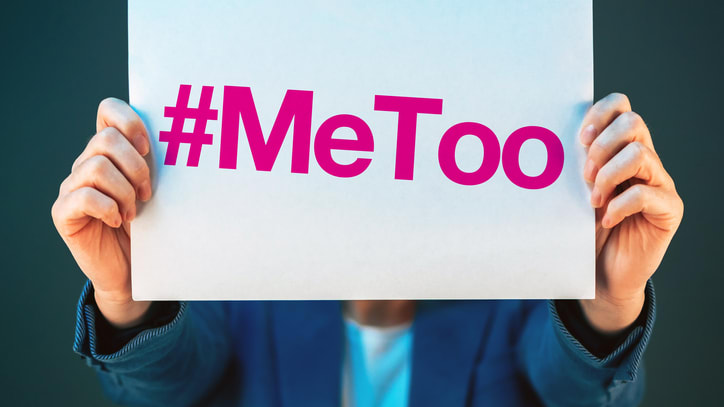One Year After #MeToo and 'Weinstein Effect': What's Changed?
The October 2017 news article detailing accusations of sexual assault and harassment against movie mogul Harvey Weinstein boosted the #MeToo movement into the nation's awareness. What's different in the workplace today?

Was this resource helpful?



